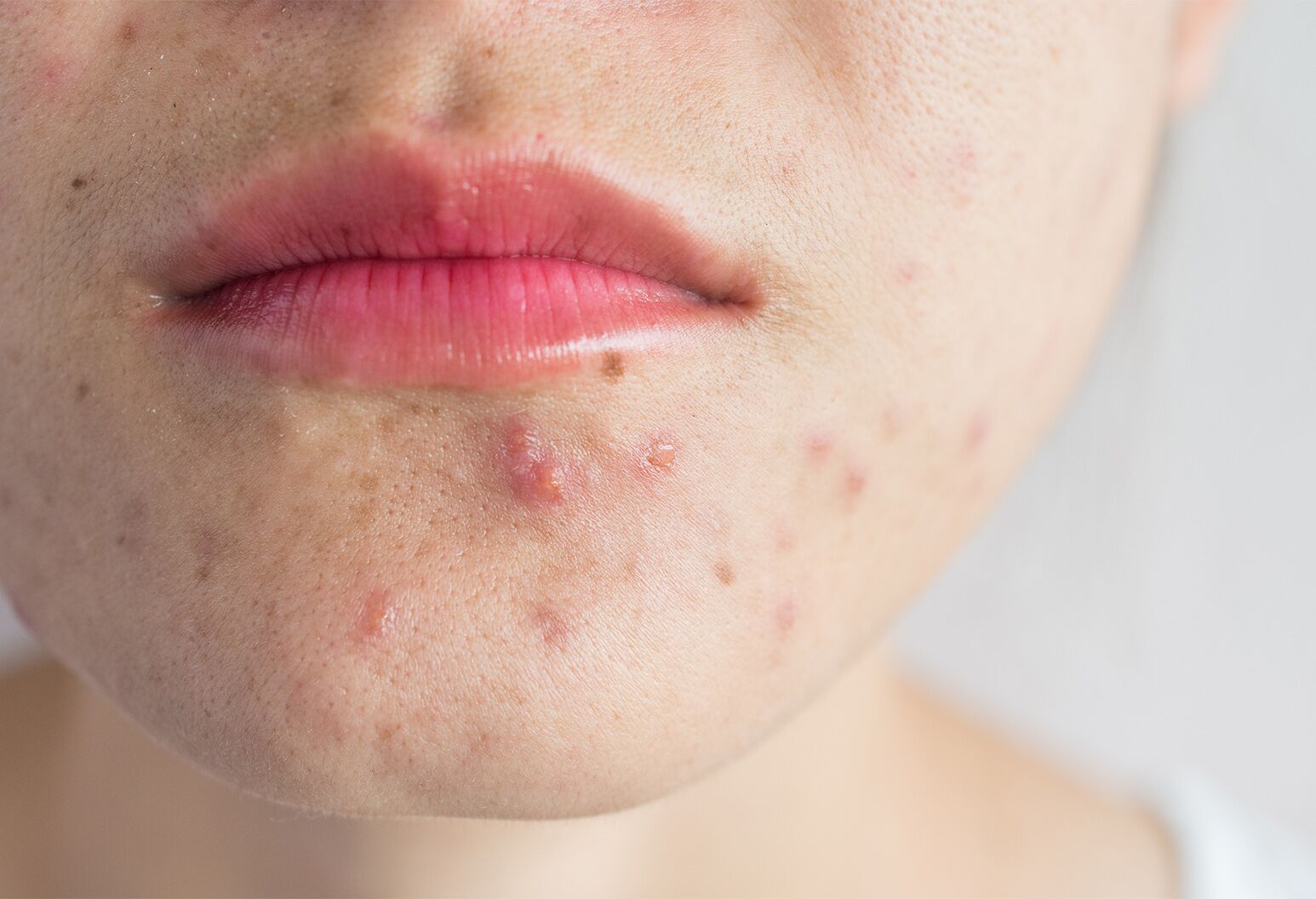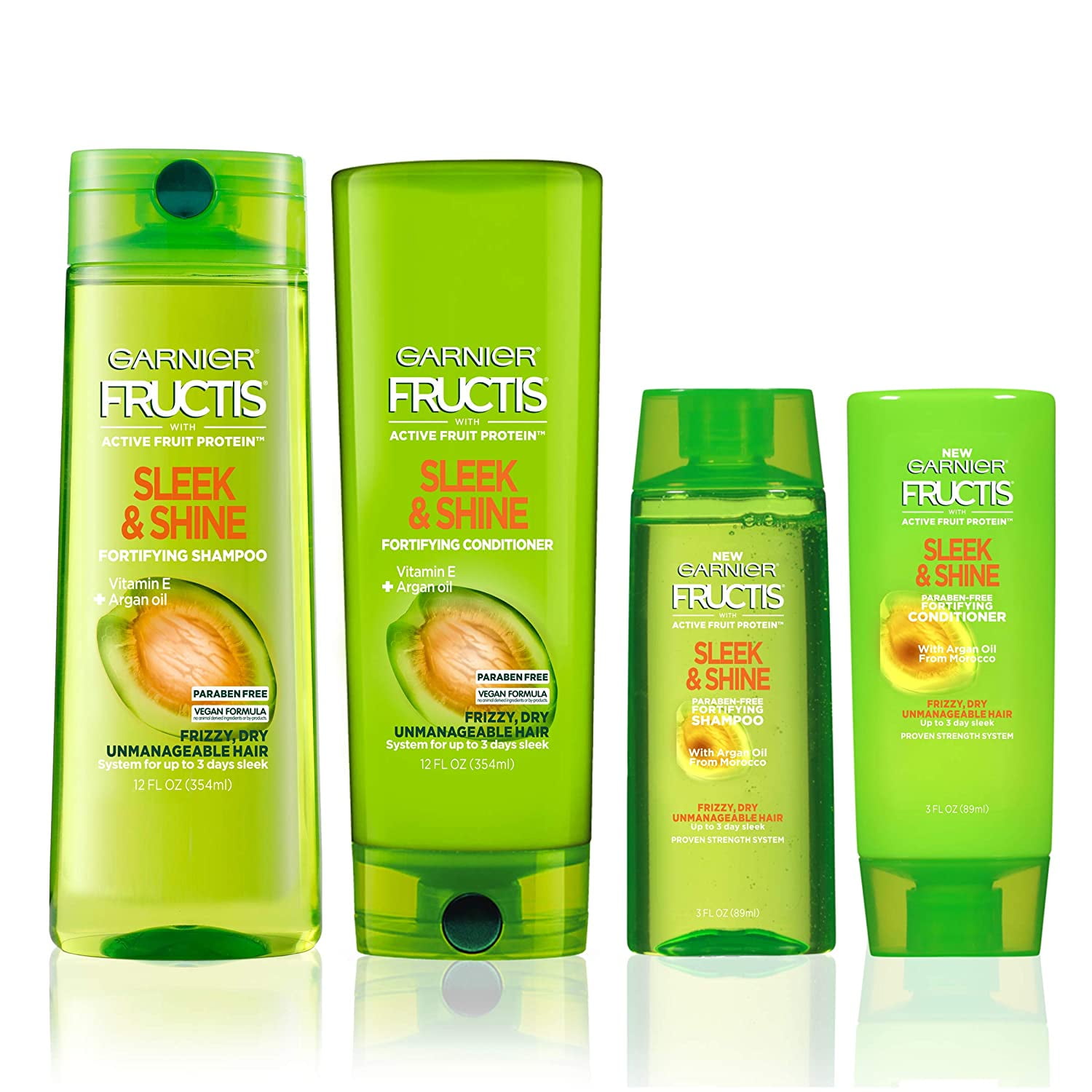Table Of Content

It can be long term and chronic or short term after effective treatment. According to the American Academy of Dermatology, it’s completely normal to shed anywhere between 50 to 100 strands of hair per day. However, if you’ve noticed more strands falling out of your head than normal, you may be experiencing alopecia, the medical term for hair loss. Common diagnoses include androgenetic alopecia, alopecia areata, telogen effluvium, and lymphocytic scarring alopecia, Agbai tells USA TODAY. For ingrowns that have already cropped up around the bikini line, exfoliating can assist in alleviating them faster.
Effects of Hairline Pimples on Your Health
This award-winning sulfate-free shampoo clarifies your scalp and hair without leaving either feeling stripped. It contains bisabolol, which offers natural skin-soothing benefits such as reducing redness and irritation. "All of SEEN’s fragrance-free formulas have received the National Eczema Association’s Seal of Acceptance™, so they are safe for eczema-prone skin as well," Dr. Rubin adds. This will differ for everyone, but identifying the cause of your hairline acne will help you get rid of breakouts sooner. "If the acne is due to hair product or occlusion from hats, taking the measures previously discussed for prevention can be extremely helpful," says Dr. Wesley. While any type of acne symptoms can, conceivably, break out along the hairline, some types are more common than others.
What questions should I ask my doctor?
While there are numerous types of folliculitis, a common one is ingrown hair. You may experience ingrown hair on your chin or face, body… pretty much anywhere that grows hair. When treating scalp acne, a dermatologist will often recommend topical medications, which may include daily medicated shampoos. Use oil-based products in moderation to avoid clogging your pores. If you also use hair products like waxes, pomades, hair sprays, and clays, you may want to invest in a sulfate-free clarifying shampoo (Ion). Clarifying shampoos remove dirt, oil, and product buildup from your hair.
Folliculitis
What Is Scalp Acne? How to Treat Pimples on Your Scalp - Allure
What Is Scalp Acne? How to Treat Pimples on Your Scalp.
Posted: Mon, 01 Jan 2024 08:00:00 GMT [source]
An allergic reaction to a hair product or something else in your environment can cause bumps (hives) on your scalp. This condition is called allergic contact dermatitis. Folliculitis can come back again after treatment if you don’t change your hygiene practices and self-care habits. Keeping your skin clean is an important part of its health.

Treating scalp acne sometimes starts with switching up your hair care routine. Cut back on oil-based products and make sure to wash your hair often to avoid oil buildup. If changing your hair care routine doesn’t work to treat your scalp acne, you may need to see a dermatologist.
You probably want to get rid of it quickly and may feel like you know exactly how to do it after having watched hundreds of pimple-popping videos online. Dermatologists get the temptation, but say you should leave your zits alone. Genital pimples will usually go away on their own in a few days.
Treatment
See a dermatologist if you’ve tried at-home acne treatments with no improvement for four to six weeks, she says. These occur when glands on either side of the vagina become blocked. Pimples are small red growths that appear on the surface of the skin. But it’s fairly common and shouldn’t be a cause for concern. It is often the result of improper shaving techniques, poor hygiene, and wearing tight clothing.
Still, she recognizes that people do pop their pimples from time to time. While it’s best to treat acne under the guidance of a dermatologist, Levine says she often teaches her patients the proper technique for extracting blemishes. Many people believe that what you eat is closely connected with acne and pimple formation. Though there is no definitive proof of this, eating a healthy diet that avoids foods high in sugar and simple carbohydrates as well as large amounts of dairy products may help.

A warm compress or antibacterial shampoo may improve symptoms of pain, redness, and drainage. If home remedies don’t work, you may need a prescription option from a doctor. Here’s a summary of the more common causes (and symptoms) of bumps on the scalp.
They feel like soft, fluid-filled lumps under the skin. This is a fairly obvious suggestion, of course, but if you have acne around the hairline you’d like to get rid of, eliminating the scalp of product buildup is key. It is important to avoid further contact with products that may be responsible. Also, a healthcare professional may prescribe topical steroids. In this article, learn about the health conditions that can lead to bumps on the scalp and when to contact a healthcare professional. If you have red bumps in your hairline, it’s likely that you have pimples.
Seek immediate medical care if you experience signs of a spreading infection. These include a sudden increase in redness or pain, fever, chills, and a feeling of being unwell (malaise). Make an appointment with your health care provider if your condition is widespread or the symptoms don't go away after a week or two of self-care measures. You may need a prescription-strength antibiotic or antifungal medication to help control the condition. While acne is common on your face, chest and back, pimples on your scalp aren’t as common. Acne affects nearly 80% of people between the ages of 11 and 30.
A board-certified dermatologist can tell you whether you have folliculitis and help you feel more comfortable. If you have what feels like razor bumps or acne on the back of your neck or scalp, you may have acne keloidalis nuchae. Both the CDC and the FDA warn against treating this common childhood condition on your own with non-prescription treatments. If you have lice, you’ll need to treat all fabric surfaces in your house (such as pillows, bedding, and upholstered furniture) to prevent reinfestation. A doctor may prescribe an over-the-counter lice treatment if at-home treatment attempts aren’t successful. Treatment at home for head lice usually begins with a special shampoo with insecticide ingredients.
Treatments may include surgery, radiation, chemotherapy, and cryogenic removal of the affected area. Food and Drug Administration (FDA) specifically for the treatment of acne include Ortho Tri-Cyclen and Beyaz. Hormonal acne is a type of bacterial acne that affects adults between ages 20 and 50. While it can affect any gender, it is more common in women and can be linked to menstrual cycles, pregnancy, and menopause. If they must be drained, it has to be done by a doctor. The sooner you see a dermatologist about your acne, the sooner you will see improvement.
The affected hair will fall out, leaving round or oval-shaped bald patches. When working against the grain of hair growth, there may be more chance of it breaking and a potentially increased chance of ingrown hairs. This sharp edge makes it easier for the hair to pierce the skin and grow back into it. Eosinophilic folliculitis causes deep-set, pus-filled skin lesions to occur mostly on the face, neck, and scalp. This form of folliculitis affects infants and people with weakened immune systems. The lesions can leave dark spots on the skin, which is also known as hyperpigmentation.
Using an exfoliating scalp treatment once a week can help clear your scalp of any excess dry skin. Tea-tree oil, as an antibacterial ingredient, is an exception to other oils and can also be used to treat acne by adding a drop to your shampoo—but a little goes a long way here. Too much oil may make your acne worse (more on that later). Luckily, the treatments for these types of scalp blemishes are simple. We talked to Greenfield and Neal Schultz, MD, about how to treat the breakouts and prevent future pimples and spots from forming.


No comments:
Post a Comment